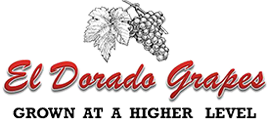Protecting our Pollinators
The bees are out and hungry after our long, cold winter and spring. It's important to protect our precious pollinators by providing nutritious sources of pollen and being aware of your spray techniques and timing. Are your spray nozzles calibrated correctly? Did you check your irrigation system and emitters for uniformity of volume throughout the system and proper placement of the drip during application? By whichever method, it is important to avoid puddles of product which may attract pollinators and follow bee friendly guidelines. Here are some bee friendly sites to consider.
Chemigation and Protecting Pollinator Habitat from Pesticides:
https://extension.umn.edu/irrigation/chemigation-safety-measures
https://ipm.ucanr.edu/help/beeprecaution/
https://directives.sc.egov.usda.gov/OpenNonWebContent.aspx?content=3482…
https://portal.ct.gov/-/media/CAES/DOCUMENTS/Biographies/Stoner/StonerP…
Information from UC on best practices and protecting pollinators:
http://ipm.ucanr.edu/mitigation/protect_beneficials.html
Coordinating pesticide applicators with beekeepers:
https://beewherecalifornia.com/beecheck/
Find healthy feeding suggestions at Best Bee Plants for California – seasonal recommended plant lists:
http://www.helpabee.org/best-bee-plants-for-california.html
